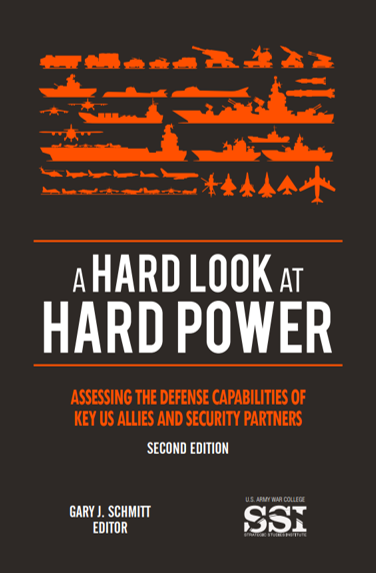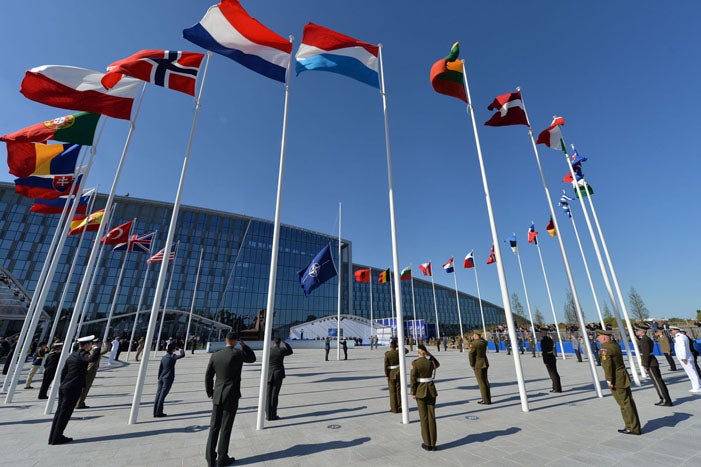US Publishes New Assessment of Allied Military Capabilities
Reminding readers that the views of the authors do not always necessarily represent the official US government position at the beginning of each publication, the US Army’s War College’s Strategic Studies Institute (AWC SSI) is no stranger to critical studies. This month, the SSI released a new edition of “A Hard Look at Hard Power: Assessing the Defense Capabilities of Key US Allies and Security Partners”, bringing up the five-year-old study to reflect the pre-Covid world rather than that of the early 2010s.
Dropping the chapter on Italy in exchange for ones covering Sweden and India as well as exchanging a blue-and-black cover for a red-and-black one, the study identifies three key theaters for US security: Europe, Asia and the Middle East. The main threats are, as is now usual, identified as
transnational terrorist groups and the two revisionist powers of China and Russia.

So what does the study have to say about America’s partners and allies?
- Australia has reached new heights of defense readiness thanks to reliable funding but is facing an increasingly precarious strategic position which may call for greater defense spending than the sparsely populated nation is willing to afford.
- With French policymakers perceiving “an overall degradation of the international security system”, they are successfully modernizing and have strengthened their alliance with the US. However, populism may threaten this renewed cooperation.
- The report highlights a U-turn in German defense policy and a major increase in funding. However, its success “depends on a substantial increase in financial resources and the reformation of a flawed defense procurement process”
- India has a competent military but one that is increasingly beset by internal threats, the threat of Pakistan and China, and budget constraints. India wants to play a larger role in the Indo-Pacific but still largely eschews the type of strategic partnership needed to make this happen.
- As China increasingly flexes their power, “Japan is adopting a new multidomain operations (MDO) doctrine and prioritizing long-range strike systems, defense in depth east of the Japanese archipelago, and advances in new warfighting domains.” However, there are serious “demographic decline and fiscal constraints” impeding the JSDF.
- Poland has increasingly focused on its bilateral partnership with America rather than a more multilateral one including Europe. There are ambitious modernization plans in place but the county is struggling to develop a domestic defense industry.
- South Korea has the largest standing military of any US ally which is highly modernized. Still, the country is very reliant on US support and it is unlikely South Korea will be able to maintain a military of this size in future decades.
- Ever since Russia invaded Crimea in 2014, Sweden has made a significant effort to upgrade its defense capability and, while formally outside of the organization, is increasingly cooperating with NATO. “Defense plans have included a reintroduction of conscription, a significant increase in military spending, and modernization of the existing force structure.”
- the ability of the ROC and its American ally to defend the island of Taiwan from invasion is increasingly uncertain. While Taiwan is trying to improve its security position, this is undermined by “insufficient defense spending, manpower shortages, and an uncertain commitment to the new defense strategy”.
- The UK maintains an excellent modern military. It’s somewhat small size is offset by “advantages in mobility, basing, and unequaled interoperability with US forces”.

